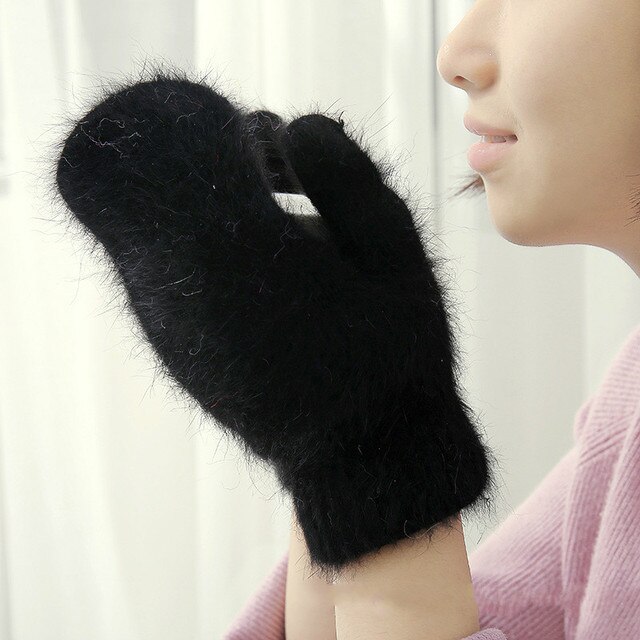
Gloves, with their rich history dating back to ancient civilizations, have transcended time and remain a symbol of elegance, fashion, and functionality. From practical hand coverings to elaborate fashion accessories, the evolution of hand cover is a fascinating journey that reflects changing social norms, craftsmanship, and the enduring allure of these versatile garments. In this article, we delve into the captivating history of hand cover, exploring their origins, cultural significance, and their continuing influence on modern fashion trends.
1. Ancient Beginnings:
The concept of it can be traced back to ancient Egypt, where rudimentary hand coverings made from linen or leather were used for protection and practicality. Similar hand coverings were also found in ancient Greece and Rome, used by soldiers and craftsmen.
2. Symbolism and Social Status:
Throughout history, gloves were not only functional but also held symbolic significance. In medieval Europe, these were considered a mark of social status and were bestowed as gifts in diplomatic exchanges. White became a symbol of purity and nobility.
3. The Renaissance Era:
During the Renaissance, these underwent a transformation into fashionable accessories. Made from luxurious materials like silk, velvet, and kid leather, they were adorned with embroidery, lace, and jewels, becoming an essential part of elegant attire.
4. The Glove Industry:
The 17th and 18th centuries witnessed the rise of the glove industry, particularly in cities like Paris and London. Master glove-makers honed their craft, creating exquisite gloves that were highly sought after by the upper classes.
5. Sporting and Protective Gloves:
As societies evolved, these found new practical applications beyond fashion. Sporting were designed for activities such as horse riding, archery, and fencing, while protective hand cover became essential in various industries.
6. The Golden Age of Gloves:
The late 19th and early 20th centuries marked a “golden age” of gloves. Elbow-length were fashionable for formal occasions, and women rarely appeared in public without their hand cover, which became synonymous with elegance and refinement.
7. Gloves in Modern Fashion:
As fashion evolved in the 20th century, these transitioned from being everyday accessories to statement pieces for special occasions. Opera , fingerless , and leather driving became iconic symbols of chic style.
8. A Functional Revival:
In recent years, gloves have experienced a functional revival, particularly during cold weather. Tech-friendly enable touchscreen use, while stylish winter cover offer warmth without compromising fashion.
9. Gloves in Pop Culture:
These have left an indelible mark on pop culture, with iconic figures like Audrey Hepburn and Michael Jackson incorporating them into their signature looks, further cementing their status as timeless fashion statements.
10. A Fashion Icon Endures:
The enduring allure of it lies in their ability to combine fashion with practicality. As a versatile and elegant accessory, these continue to transcend time, making them a beloved and timeless symbol of style, grace, and sophistication.
Conclusion:
The history of gloves is a captivating journey that spans centuries and reflects the ever-changing landscapes of fashion and society. From ancient hand coverings to luxurious fashion accessories, these have evolved while maintaining their timeless elegance. As they continue to be embraced by fashion enthusiasts and serve as functional essentials, these remain a cherished and iconic element of the sartorial world, uniting past and present with their enduring allure.


